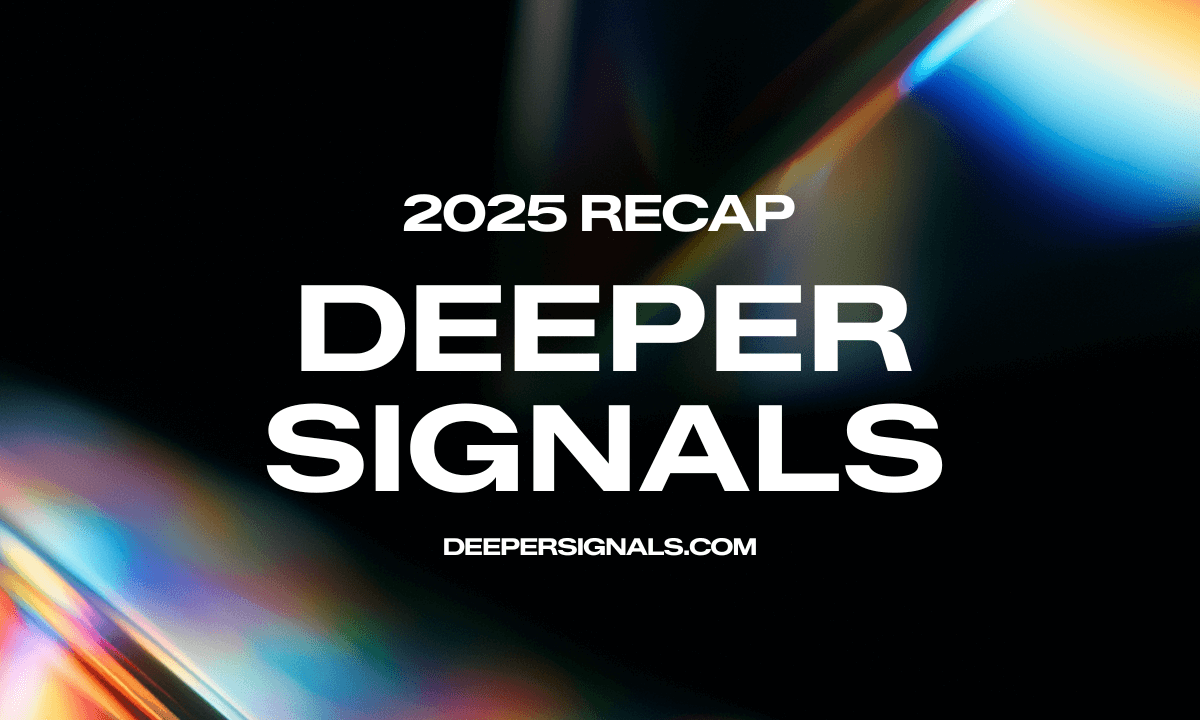5 ways to identify high potential staff
Is your workforce ready to navigate the uncertainties that lie ahead? Today’s world is full of surprises, from economic fluctuations to global crises. While not every employee needs to excel in handling uncertainty, every organization relies on a select few with extraordinary potential, especially during crises, and these individuals are generally classified as High Potential (or HiPo) employees.
High potential employees are individuals within an organization who exhibit exceptional talent, and potential for growth and future leadership roles. Research suggests that HiPo employees are 91% more valuable than non-HiPo employees and put in 21% more effort than their colleagues.
Five methods to identify high potential employees:
- Look for three main psychological markers
Literature identifies three vital markers to consider while hiring talent: cognitive quotient for problem-solving and decision making, drive quotient for motivation and leveraging energy to take up challenging tasks and emotional quotient for ability to initiate influence and difficult conversations with empathy. Making informed hiring decisions should be based on reliable data provided by scientifically validated assessment tools like Deeper Signals.
- Predict performance using talent analytics
Predicting performance using talent analytics provided by Core Drivers Diagnostic can provide you with information on how a person is likely to behave in various situations. By leveraging data-driven insights, hiring managers and talent acquisition professionals can identify candidates who not only possess the necessary skills and qualifications but also demonstrate the potential to thrive and contribute to the organizations’ success over the long term.
- Evaluate leadership potential
Studies indicate that 10% of individuals naturally exhibit leadership qualities, while an additional 20% have the potential to develop into exceptional leaders through proper leadership training and coaching programs. With the help of reliable data provided by talent assessments and Core Drivers, leaders and coaches can uncover the leadership potential employees and candidates.
- Analyze cultural fit
It is vital to understand whether there is culture alignment between the candidate and the employers as research suggests that 88% of employers acknowledge that cultural misalignment might lead to staff turnover. You can utilize the Core Values Diagnostic to analyze motivations, values and goal-directed behaviors that align with the existing organizational culture. Look for individuals who are adaptable and can thrive in diverse and collaborative work environments; especially focussing on cognitive diversity.
- Assess cognitive diversity
Cognitive diversity is paramount for innovation and problem-solving. Deeper Signals can analyze working styles, preferences, and approaches, allowing recruiters to build teams with a rich blend of perspectives. By identifying individuals with diverse cognitive profiles, organizations can drive innovation and build effective teams.

Although identifying these individuals has often felt like searching for a needle in a haystack, advances in talent analytics help leaders find these valuable individuals; making succession planning and talent planning easier.
Gone are the days when employers used to select high potential candidates based on their “gut feeling”. Organizations are now looking at unbiased talent assessment solutions. Enter personality assessments like Deeper Signals that offer you reliable data based on the Five-Factor model to determine the potential of an individual and drive long term success at an organization.





























